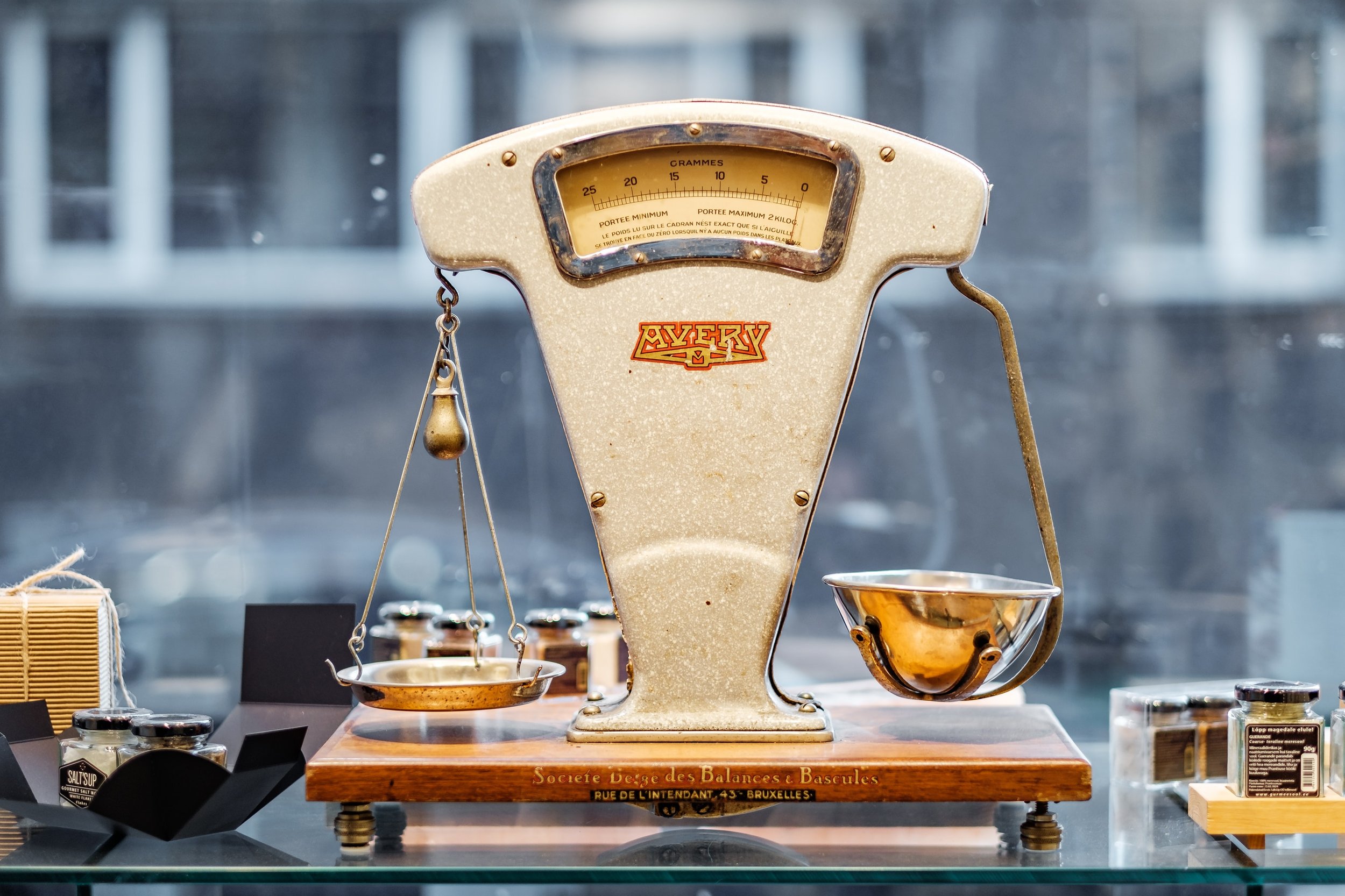
How to master Forecasting as an Accountant
As an Accountant, you know the ins and outs of reporting historical financial data and crafting perfect P&Ls, Balance Sheets, and Cash Flows statements.
But transitioning from focusing exclusively on looking at the past to creating forward-looking outlooks can be tough.
So, let me walk you through step-by-step, covering the 7 most important phases of creating a financial forecast.

The five worst forecasting mistakes
Your forecasts are inaccurate? Or worse: People think it’s a waste of time? Then STOP making these five forecasting mistakes.

How to de-bias revenue forecasts
Most projections aren’t true “50/50” forecasts, meaning they don’t have an equal probability of being too high or too low. In other words, they are biased.
Here is how to de-bias them.

How to level up your forecasts from good to great
You already compare bottom-up and top-down plans to optimize? Congratulations! But there is more you can do. In this post, I share actionable advice on how you can bring each of the two forecast types to the next level.

Why you need to have both: a top-down and a bottom-up forecast
If you only do one, you are not only losing out on accuracy. You are also robbing yourself of high-value conversations. In this short article, I summarize how to realize those benefits.

How to improve your forecast accuracy - with psychological safety
Even the most complex forecasts are done by people. And in the end, people do what’s best for them. Even if that’s at odds with the interests of the company. To prevent that, you need to foster “psychological safety”. Read on to learn what it is, what you can do today to improve it, and as a result, your forecast accuracy.

Why you need “50/50” forecasts - and how to create them
Debiasing your forecasts is critical for optimizing forecast accuracy. The 50/50 forecast is a framework to get there. Read on to learn how to create one.

How FP&A Analysts lead top-down revenue forecasting
Forecasting best practice is to prepare a top-down and a bottom-up version and use them to find the most accurate point on the range through iteration. In this post, we go deep into how top-down forecasts work.

3 ways Financial Analysts deal with uncertainty in a forecast
You can’t treat every forecast the same. More uncertainty means more risk. And Financial Analysts tend to create forecasts that are riskier than they need to be. Here are three things you can do when you have to create a forecast without a lot of hard data.
